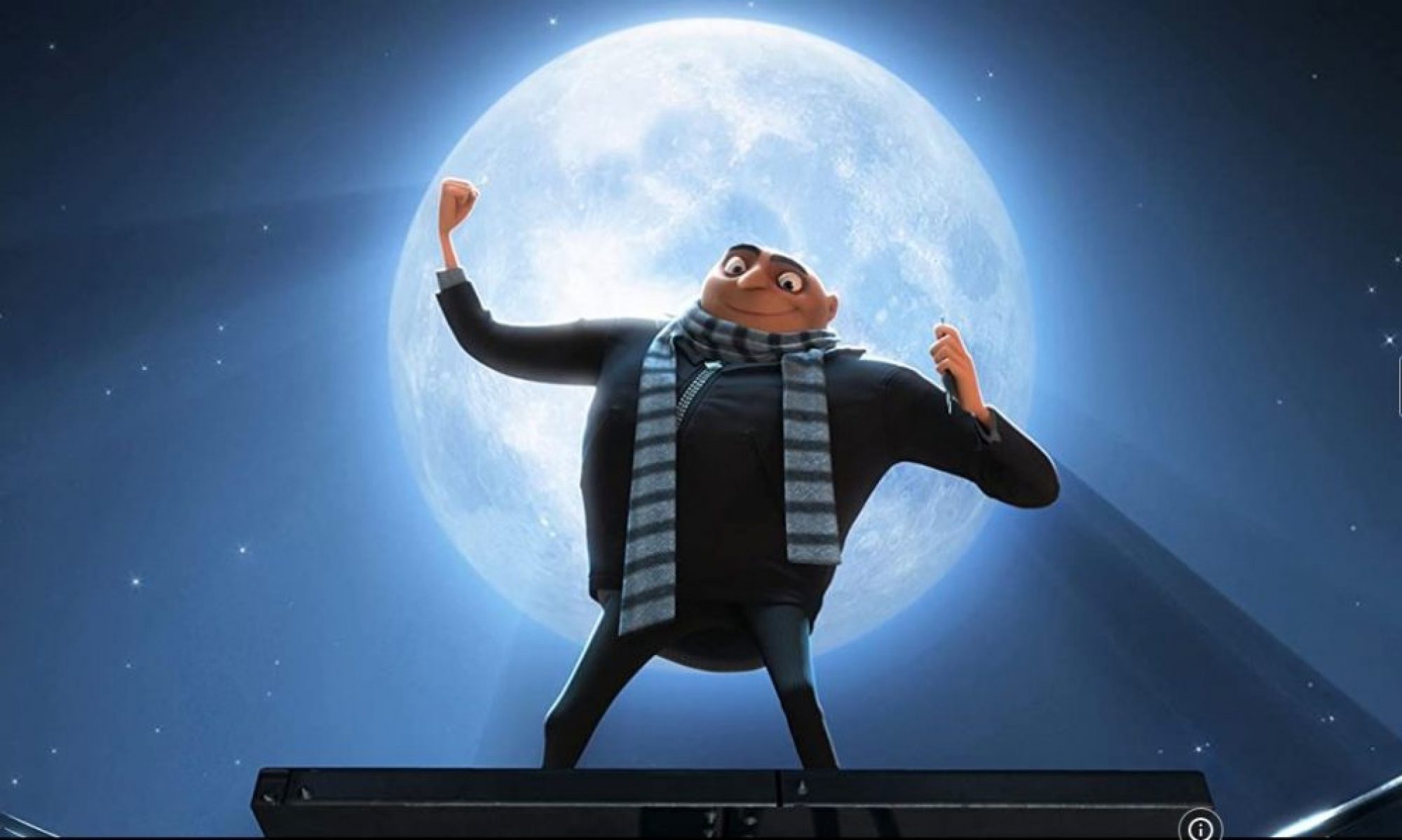This blog post is about this next unit and our goals for our animation careers and expectations towards it, what we believe we need to improve and be better at.
Where do I start? There is so much I really want to be good at, I literally want to know how to do everything, but that is not a realistic view of the future. In this industry we are supposed to know a bit of everything but specialize in something orelse you’ll end up not good at anything, or at least not as good as you wanted to be.
So looking at the first term, I’m really happy with how I got better, but on my last 2 animations I noticed too many mistakes and I know why and how I did them. On the full body walkcycle animation I really struggled because of the spine but immediately after I asked Luke for feedback I noticed a real improvement mostly in the curves, now, on the body mechanics I wanted to do something more challenging and perhaps bigger than the others.
That was the animation work I was trully commited, I really wanted to have the model’s body do exactly as the reference footage and even changed somethings as a way to show myself I could also do things without reference – wrong! It wasn’t as good ofcourse and I made the mistake of animating every frame, not giving so much attention to the curves. I really liked the final result but having a keyframe on every frame makes it hard to make smooth movements, everything seems monotorized. Curve work is what I trully have to improve and get better at, as well as head and facial expressions.
On the last animation project from term 1, the performance animation, I took too much time looking for a good audio clip and then too much time recording myself, which was terrible and I ended up not really following my reference and just sort of performed while animating. Of course, it was a terrible decision and the lesson is learned! I’m never doing that again. I focused more on the lip sinc and the blocking had some mistakes, like the expression on his face was really dead and the feet were stuck to the chair.
Finally when making my showreel, I rendered most of my animations but I realised I don’t know much about it, as well as lights, all my renders looked a bit dead and that is something I want to change.
So what I really have to improve this term is:
- curves
- overlaping action
- facial expressions
- improve reference footage
- improve blocking
- rendering
- lighting
- camera work
In a few weeks we will be starting a new performance animation with two characters and one of the things I was keen to do is either someone fighting (verbally or physically) or some sort of sincronized dance…? It is still in the raw ideas department and everything needs to be considered, the next step is to find audio clips and choose 2 characters from the library.

